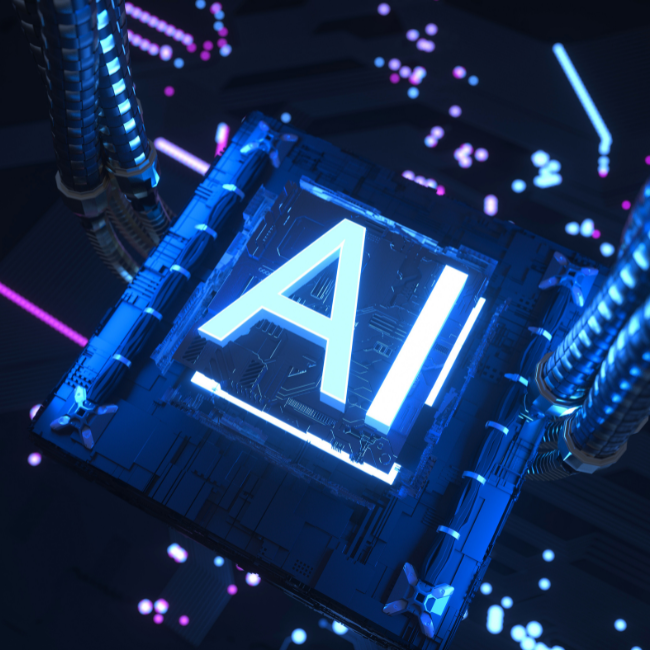
Five AI Security Risks We Should Be Considering

The early to mid-2000s saw the early versions of what we know as the ‘modern’ internet. In Cyber Security there’s always something new to fear. We are currently being told the AI saviour of automated security monitoring will end the world, which might be a little paranoid. However, it is worth considering the genuine impacts of AI on the cyber security landscape. Existing threats can be elevated while new ones are generated.

In this blog we’ll highlight 5 security risks related to AI which we should all be considering in our risk management processes.
- Malware gets an AI Power-up: AI can be leveraged by attackers to develop sophisticated malware and launch highly targeted attacks. Malicious actors can use AI algorithms to automate tasks like reconnaissance, vulnerability scanning, and social engineering, enabling them to identify weaknesses, select targets, and evade detection more effectively.
- Phishing campaigns get harder to spot: AI-powered techniques such as deepfakes and text generation algorithms can create highly realistic fake content, including manipulated images, videos, or convincing written articles. This can be exploited for spreading disinformation, conducting social engineering attacks, or damaging the reputation of individuals or organizations.
- More Targeted and Adaptive Attacks: AI can be employed by attackers to automate and optimise their cyber-attacks. For example, AI algorithms can be used to analyse network traffic patterns, identify vulnerabilities, and launch large-scale attacks like distributed denial-of-service (DDoS) with greater efficiency and scale. AI can also be used to evade traditional security systems by adapting attack techniques in real-time, making it harder for defenders to detect and respond to threats.
Good AI Vs Bad AI is a thing!
- Your Algorithms can be Manipulated: Adversarial machine learning involves manipulating or deceiving AI systems by feeding them maliciously crafted data. Attackers can exploit vulnerabilities in AI algorithms to deceive or confuse the system, leading to incorrect or unexpected outputs. This can be particularly concerning in areas like image recognition or natural language processing, where slight modifications to input can result in misclassification or misinterpretation.
- Is Your AI Training Data Safe?: AI systems often rely on vast amounts of data to make accurate predictions and decisions. However, the collection, storage, and processing of sensitive data can pose privacy risks if not adequately protected. Unauthorized access to AI training data or the models themselves can lead to data breaches, identity theft, or the exposure of personal and confidential information.
It's important to remember that the cybersecurity landscape is constantly evolving, and new threats are emerging as AI technology progresses. So organisations and security professionals must stay vigilant, keep their systems updated, and continuously adapt their defences, and of course prepare for the end of the world!
The content of this blog was created by a human – or was it?
Get in touch to chat with one of our experts about how we can help you be more prepared – send over an email and we’ll get back to you. [email protected]

